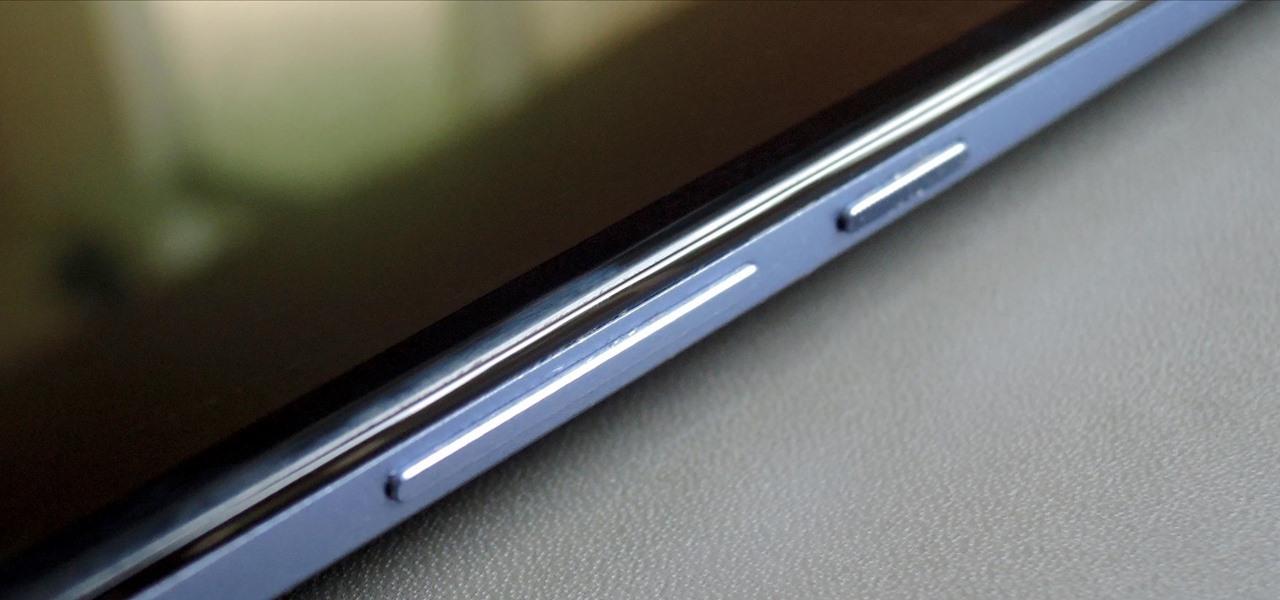(1)
Windows 10’s File History feature keeps regular copies of files so you can roll back to a previous version of a file or restore an entire system. The feature is designed to use an external drive, but you can also specify a network location. Here’s how.
Windows 10 includes an enhanced version of the backup tools introduced in Windows 8/8.1. This feature, called File History, is a major change from the image-based Windows 7 backup program.
Using the default settings, File History saves copies of data files every hour, giving you the option to roll back to an earlier version of an individual file or restore all data from a system after you reinstall Windows.
Turning on File History is easy enough as long as you have a storage option separate from the system drive. Connect an external USB drive or plug in a MicroSD card, then go to Settings > Backup and flip the Automatically back up my files switch.
If you have more than one drive available, you’ll ned to specify which one you want to use.
Click More options to specify how often to back up (every hour is the default) and how long to keep backups. You can also scroll down to see a list of folders that will be backed up automatically, with controls for adding or removing locations from that list.
If you have a portable PC, you don’t have to keep the backup drive plugged in constantly. Just plug in your backup drive occasionally and wait for the next scheduled backup or click Back up now on the Backup options page.
Would you prefer to use a network location for File History? No problem, as long as you know where to look. In Settings > Backup, click More options and scroll down to the bottom of the page. Then click See advanced settings to open the old-style Control Panel. Click Select drive from the left side of the page, and then click Add network location.
(2)
Do you miss the old Windows 7 backup tool? It’s still there, well hidden in Windows 10, and its most impressive trick is the option to create a complete image-based backup.
Of all available backup options, the most reassuring one is the image backup, which creates a snapshot of your system configuration, complete with apps and settings and data files, ready to be restored in the event of an emergency.
The default backup routine in Windows 10 uses a combination of a complete system reset and data backups to restore your system configuration, but an image backup program is available if you know where to look.
You can get to the older backup program by searching for Windows 7 backup, but there’s an easier way: Just run the command sdclt.exe, which opens the old but still serviceable option.(Confused by that command name? It stands for SafeDocs Client, which was the name assigned to this feature way back in beta releases of Windows Vista.)
You’ll need an external hard disk or a network location to do an image backup, which is saved in VHD format. Follow the wizard’s prompt to select the partitions you want to back up and specify the location in which to save them.
To restore an image backup, you need to boot using the Windows Recovery Environment, then specify the location of your saved backup image.



